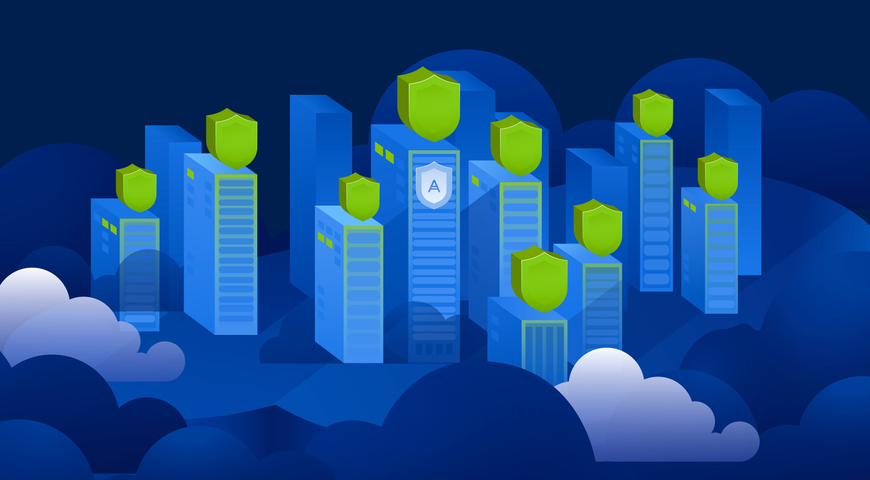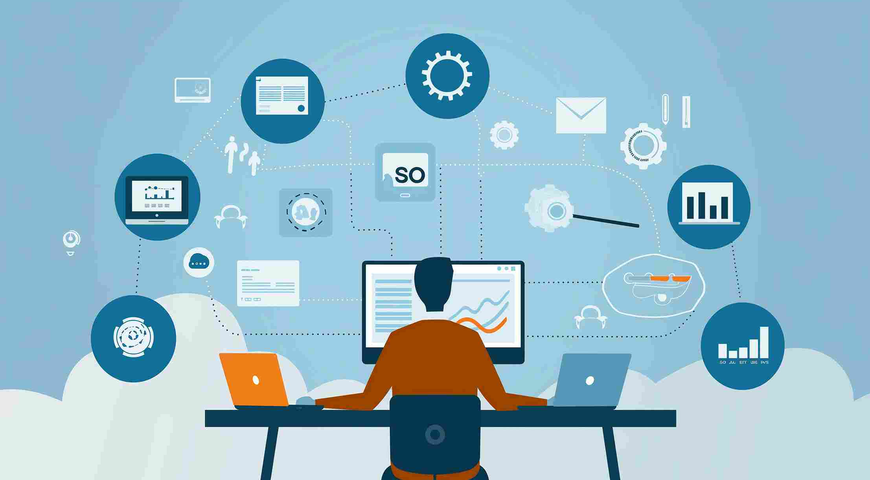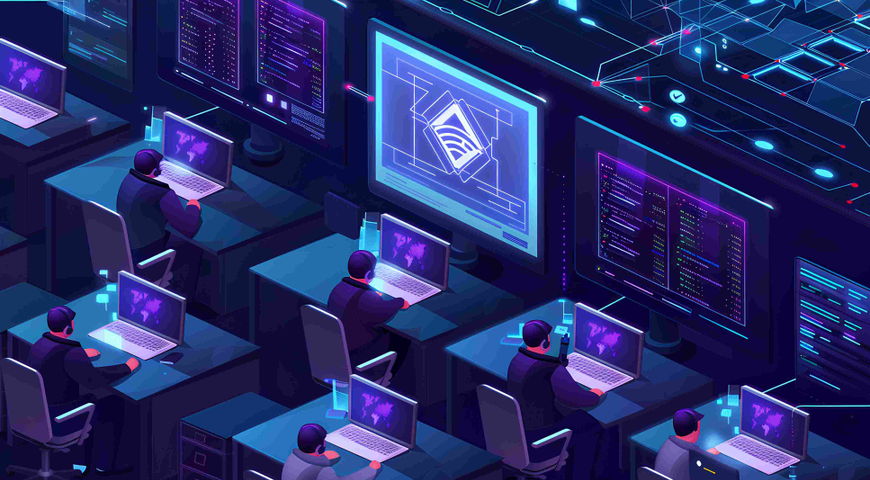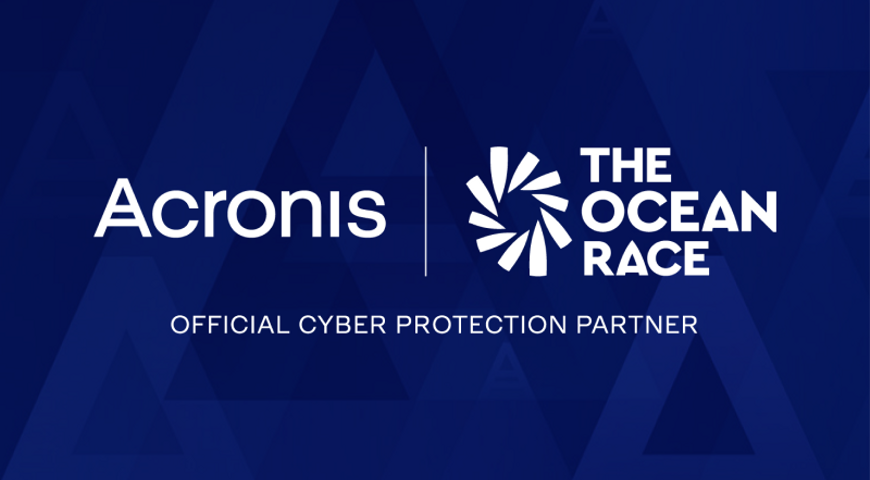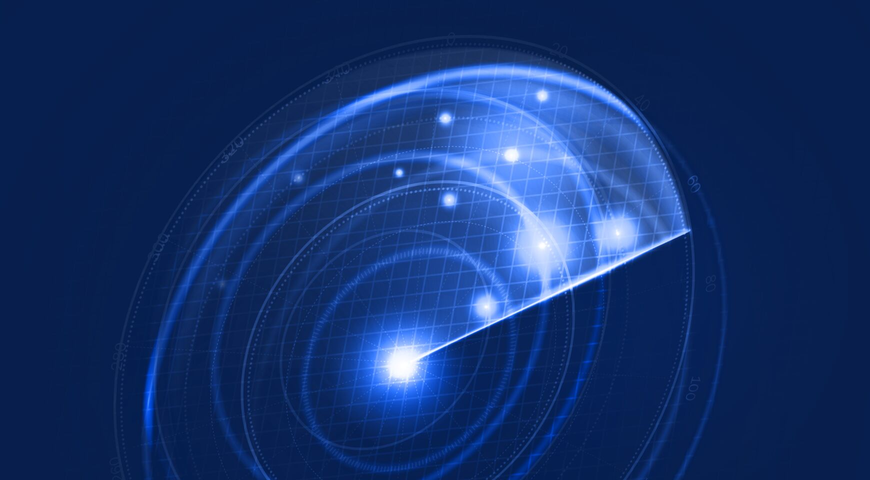
Today's increasingly complex IT environments demand more sophisticated virtual-to-physical (V2P) backup solutions than ever. Trying to keep up with licenses, maximize storage space and manage costs while juggling virtual/physical machine issues is practically a full-time job.
Fortunately there are some new V2P technologies that can help today's busy IT departments with virtual-to-physical moves and their physical-to-virtual counterparts. Acronis Cyber Backup, for instance, addresses many of the challenges involved with V2P, including how to back up and restore virtual machines on physical systems. Powered by the Acronis AnyData Engine, Acronis Cyber Backup delivers robust, easy-to-use unified data protection and disaster recovery for advanced IT environments. Using a single, web-based console to manage data protection across any environment or location, Acronis Cyber Backup also enables virtual-to-physical migration and vice versa while saving companies time and money.
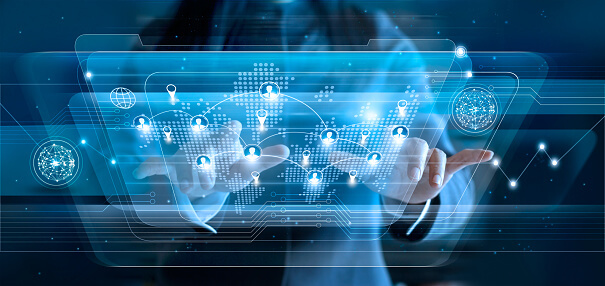
Key Features of Acronis Cyber Backup
- Scalable architecture that supports V2P conversion of multiple machines.
- Ability to recover an entire system down to a single folder or file when you image a virtual machine to a physical machine.
- Advanced security to ensure extra protection during V2P backups and restores.
- Bare metal restore capabilities that allow you to restore an image to bare metal hardware.
- Acronis Active Restore, which reduces recovery times an average of 50 percent.
So if you have wondered how to safely recover virtual machines on physical system, or how to back up VMware virtual machines to a physical system, take a closer look at how Acronis Cyber Backup works.
Data Migration: Avoiding the Three Ds
Today most large enterprises and small- to medium-sized businesses (SMBs) have some combination of physical servers and virtual machines to support production environments and a variety of production workloads. Occasionally organizations need to migrate these workloads to/from virtual machines (VMs) or to different hardware because of scheduled tasks like routine maintenance and system upgrades, or due to unforeseen events like disaster recovery.
Unfortunately, if you have a virtual environment and need to migrate to a physical machine, no hypervisor vendor offers V2P tools. And few IT professionals know how to do it.
The bottom line is that data migration isn’t easy. There are a number of complications that can lead to one or all of the “three Ds” – downtime, delay and data loss.
Acronis Cyber Backup tackles these challenges head-on. Its disk imaging technology thoroughly captures every component of the production workload, including the operating system, settings, registry, application, and data. The result is a safe, simple way to move server workloads and production systems to different hardware, to and from virtual machines, and across different hypervisors. It also enables users to quickly migrate an entire server onto bare metal.
How to Perform Data Migration using Acronis Cyber Backup
Performing a workload migration using Acronis Cyber Backup involves three distinct stages.
- The Acronis AnyData Engine detaches the server workload from the original platform: The migration process starts with Acronis Cyber Backup creating a disk image – a full copy of everything that is on the disks and partitions of a particular server or virtual machine. During the copy process the data is abstracted, which removes platform specifics from the data in order to reduce it to a set of essential characteristics and put it into a general, unified format.
- Acronis applies the server workload to the new hardware: The next step is to apply the content of the disks and partitions to the target physical server or virtual machine. When migrating to a physical server, you do not need to install an operating system on the new machine. You simply load the image for bare metal recovery. Furthermore, the disk configuration of the target machine does not have to match the original machine because Acronis resizes the disks and partitions. The disks only have to be large enough to hold all the data.
- Acronis fine-tunes the server workload to match the new hardware: The Acronis AnyData Engine analyzes the new hardware platform or hypervisor and optimizes the operating system settings to match the new requirements.
When this process is finished, not only have you performed a successful data migration, but you also have a complete image backup of your system. That means all of your system information – including registry keys, license keys, settings, and application-specific data – has been safely captured for future use.
Taking a Strategic Approach to Data Migration
When planning long-term for migrations, it’s important to focus on flexibility and your ability to link to any environment – not just the expensive market-leading platforms. By planning for flexibility, you can choose your platforms now and, if you change them down the road, you’ll still be able to scale the infrastructure without incurring extra costs. The tools you use for migration should be able to link to any platform and easily transition from physical to virtual or virtual to physical. With all of the challenges already facing your business, why get locked into single-platform or single-direction migration solutions?
IT environments are undergoing significant transformation, becoming more heterogeneous and more complex, with a mix of physical, virtual, cloud and storage becoming the norm. IT managers need versatile solutions that are flexible and scalable enough to cover backup, disaster recovery, data protection, security and antivirus while covering as many platforms as possible.
The sophisticated data protection technology of Acronis Cyber Backup lets you seamlessly migrate production workloads from any platform to any platform in order to support disaster recovery and system replication, improve IT productivity and data recovery time, and reduce management complexity.
Visit Acronis.com to learn more about Acronis Cyber Backup. Or better yet, try it today for free.
About Acronis
A Swiss company founded in Singapore in 2003, Acronis has 15 offices worldwide and employees in 50+ countries. Acronis Cyber Protect Cloud is available in 26 languages in 150 countries and is used by over 20,000 service providers to protect over 750,000 businesses.
